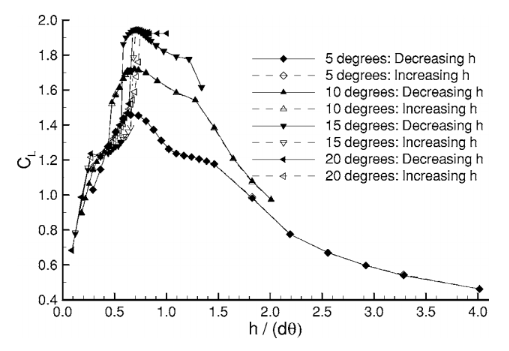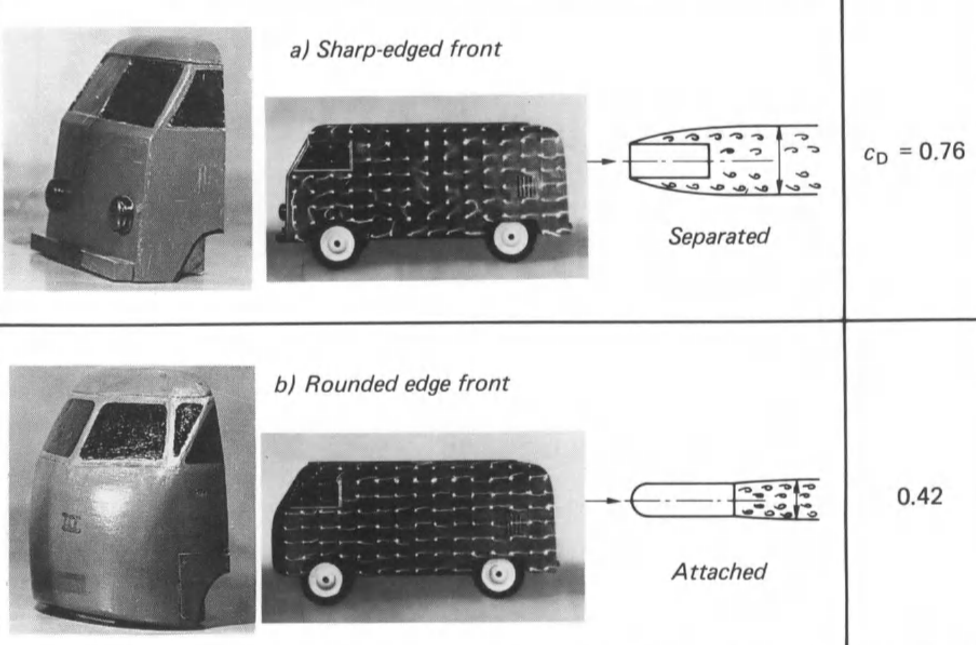Detail Optimization #
This article is still a work-in-progress. Check back soon for a completed version.
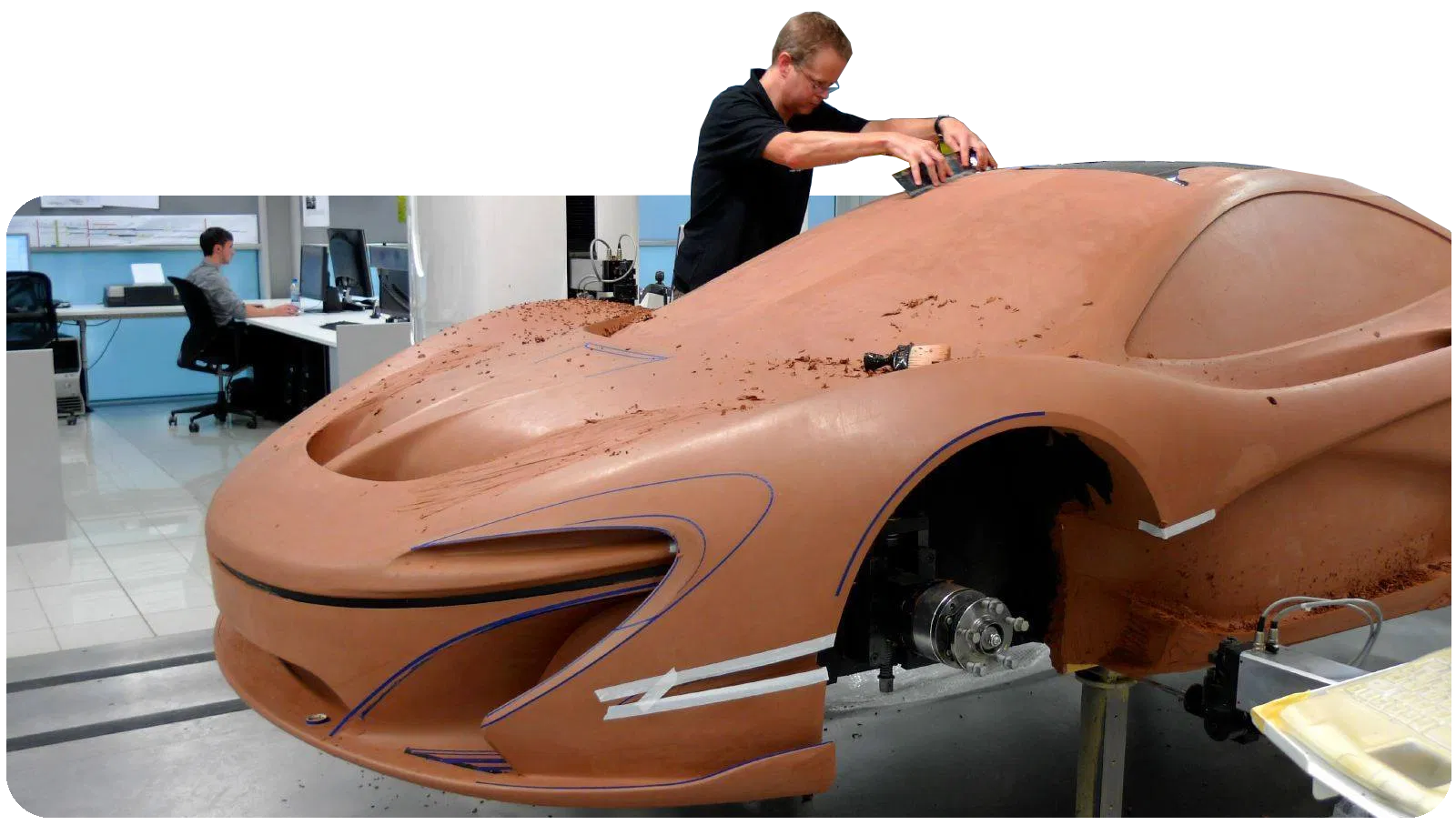
Mclaren P1 Clay Model. Photo courtesy of formtrends .
Introductory Thoughts #
Aerodynamics often behaves in a nonlinear fashion, so during development, the ideal performance solution is rarely reached on the first attempt. It often takes repeaded iteration to hone in on the best design, a process called optimization. However, optimization can be done in an informed way by understanding the base flowfield. Aerodynamicists earn their paycheck by knowing which rabbit holes to go down, and which ones to stay away from.
Various Relationships #
There are a handful of rules of thumb regarding the ways parameters can respond to certain geometry changes.
Peak #
The ‘peak’ represents an instance where there’s a local optimum for performance.

Angle of attack is a great example of this.
Rarely do the two sides of the peak have the same slope. Often times, once peak performance is crossed, the drop is steep.
-PICTURE OF A STEEPER DROP OFF-
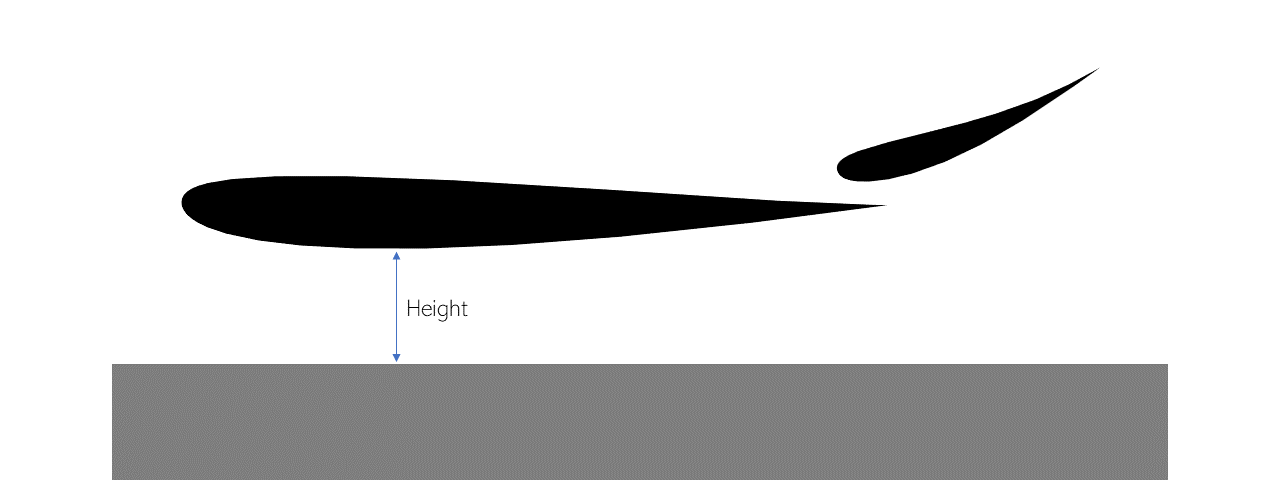
Jump #
This characteristic is typical for sudden changes of the flow pattern from one type to another. Sometimes phenomenon see a sudden jump from a certain geometry change, or from a geometry change in something else that allows synergy.
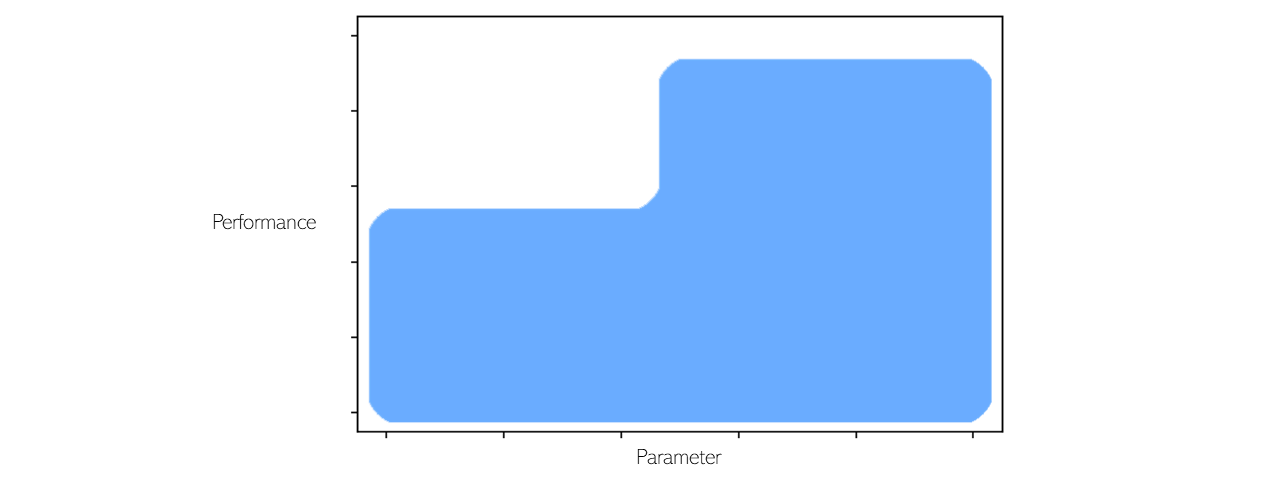
- PICTURE OF AN EXAMPLE OF A JUMP -
Saturation #
When a further increase in a parameter doesn’t provide an increase in performance.
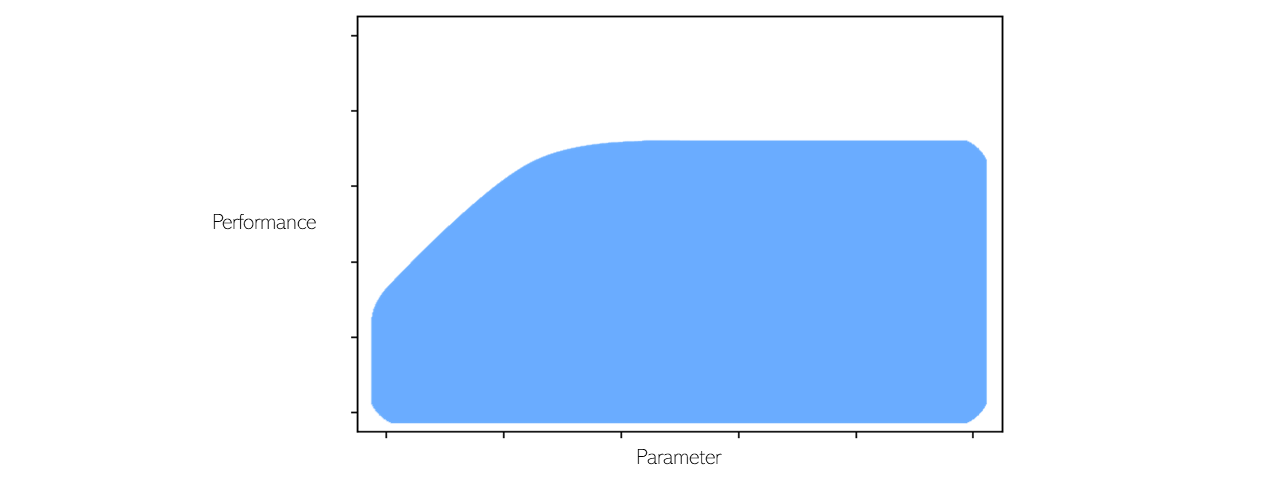
This pattern is typical when a sharp edge is edge is rounded. Theres initially a jump in performance from reducing the seperation, but there is no further mechanism for performance once the seperation has been reduced.
Front fascia rounding would fall under this. Don’t need to round the entire thing, just enough. Elimiating seperation is an example. Once there is no more seperation, further rounding does nothing.
Eratic #
Sometimes the behavior is so eratic that there is no rhyme or reason to what you see.
this pattern occurs when multiple elements are influenced in opposite directions by variations in the same parameter
Concluding Thoughts #
Aerodynamic development is expensive. A wind tunnel can be thousands of dollars per hour, and simulations aren’t cheap either. By understanding where a specific geometry is on the scale and what the performance saturation mechanism is, aerodynamicts can work efficiently.

The experienced aerodynamicist earns their paycheck by having a strong conception of which curve a given program lies on, and therefore can maximize performance per resources invested.
